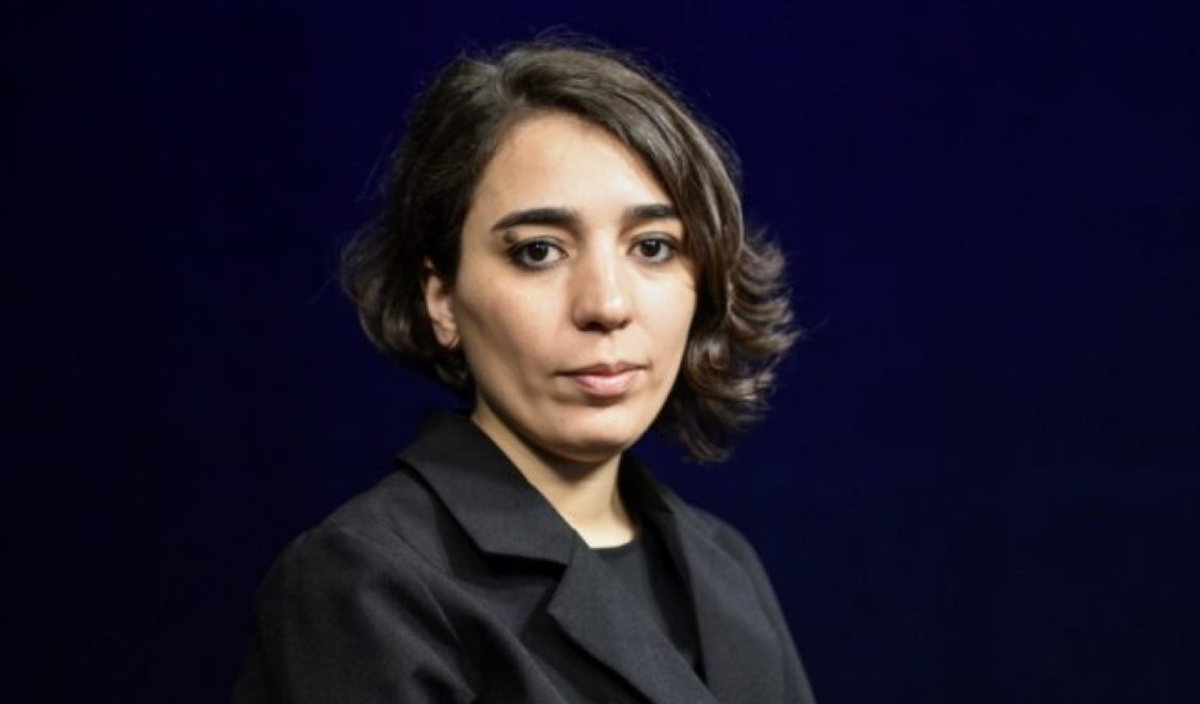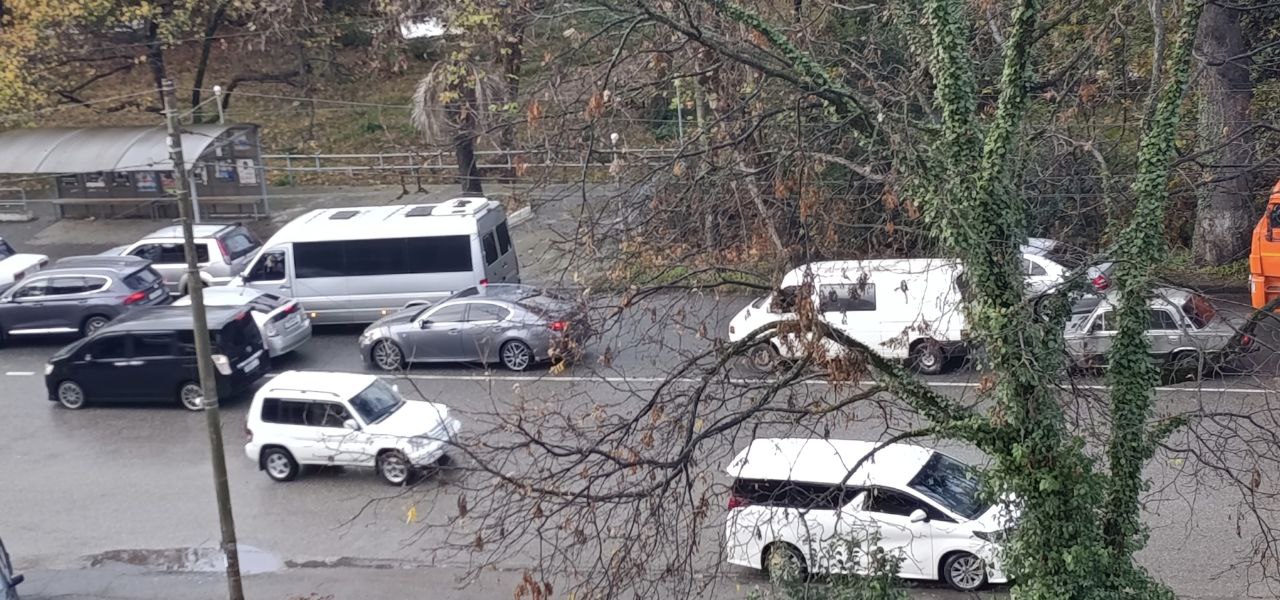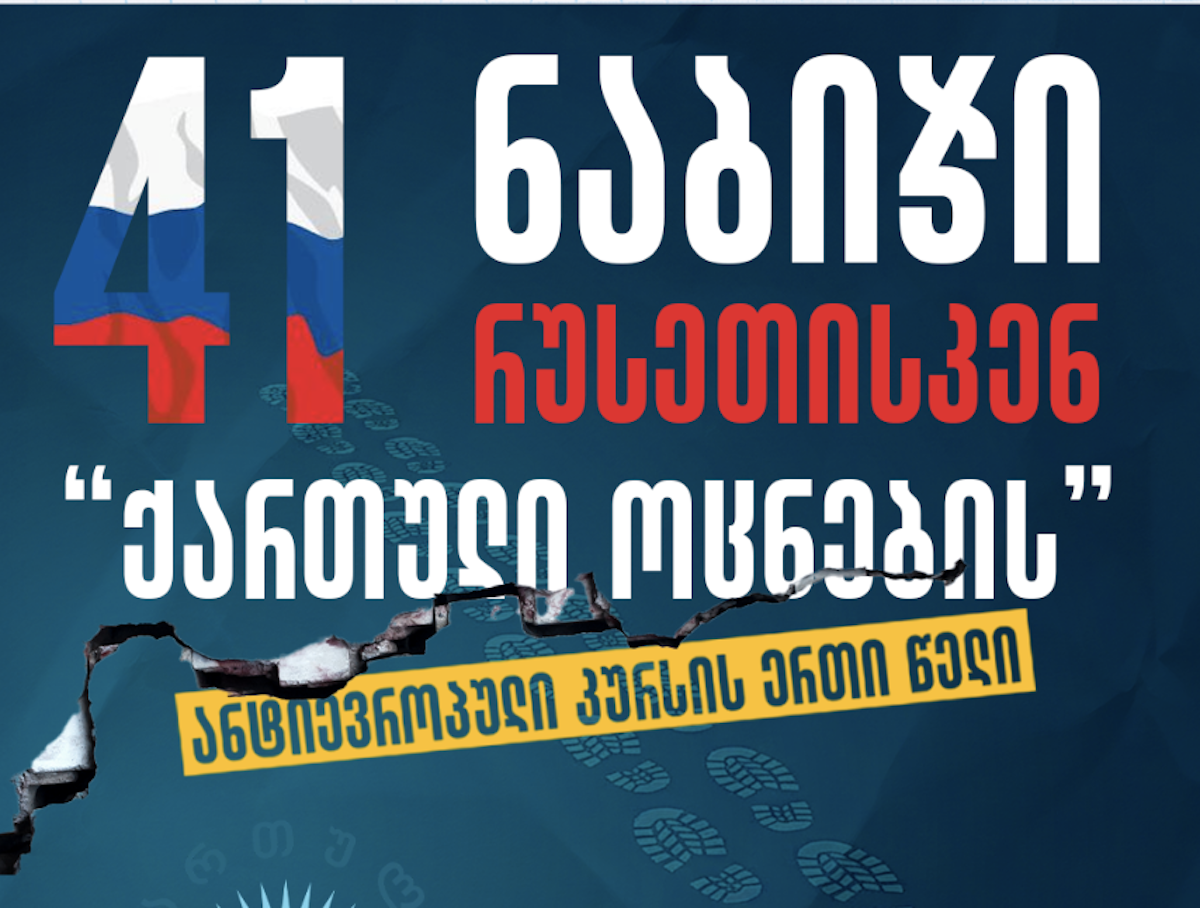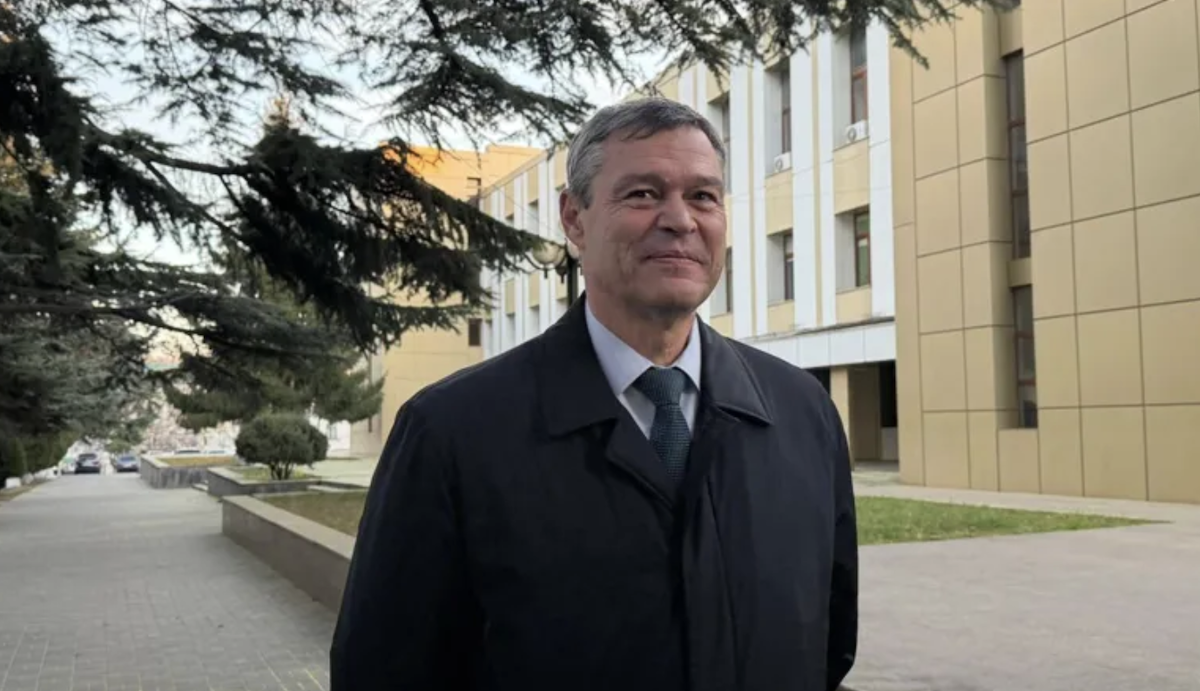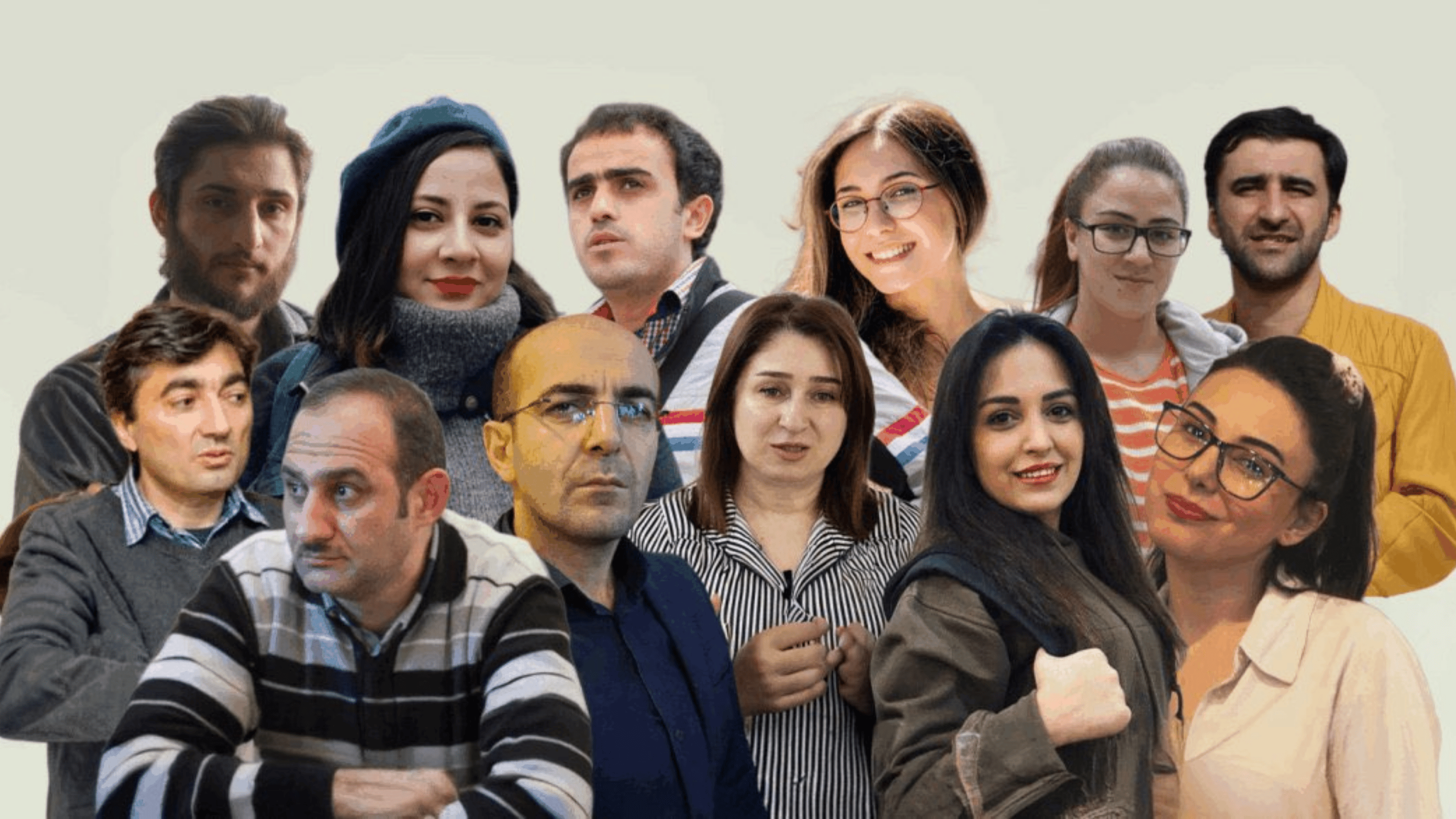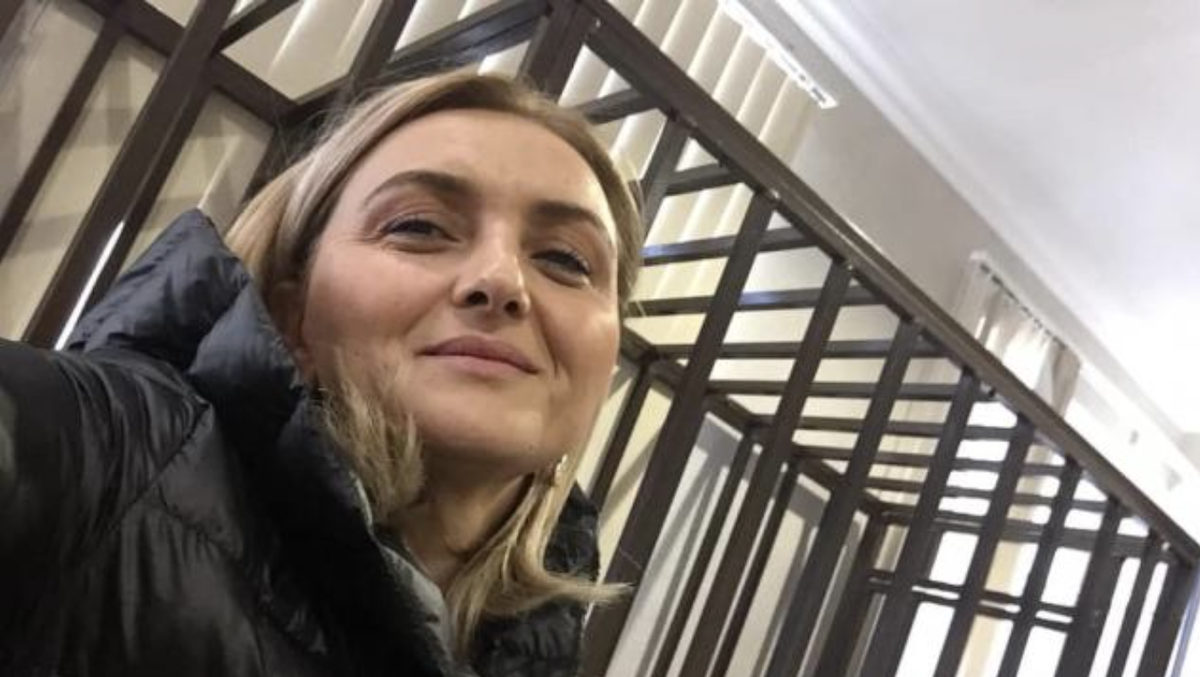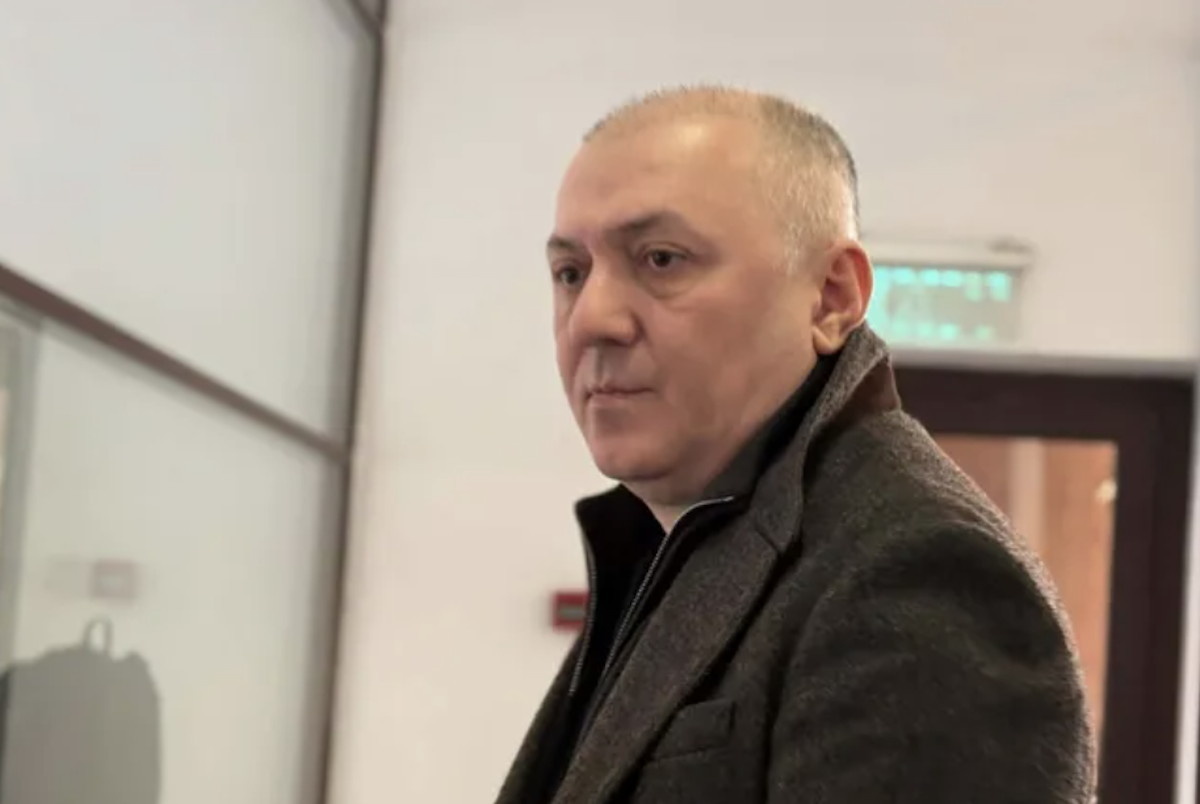Fashion Week in Yerevan. Does the Armenian fashion industry have a future?
Fashion Week in Yerevan
Fashion Week was held in Yerevan for the first time. Sixty brands were presented, among which were collections of both famous and emerging designers. Along with the shows, there were panel discussions, exhibitions, and visitors could purchase the models they liked in the fashion market.
Experts regarded this event as a new page in the history of Armenian fashion, and not just a display of collections by local designers. And a government representative at the opening ceremony talked about the development of the textile industry and millions of investments in the future of the industry.
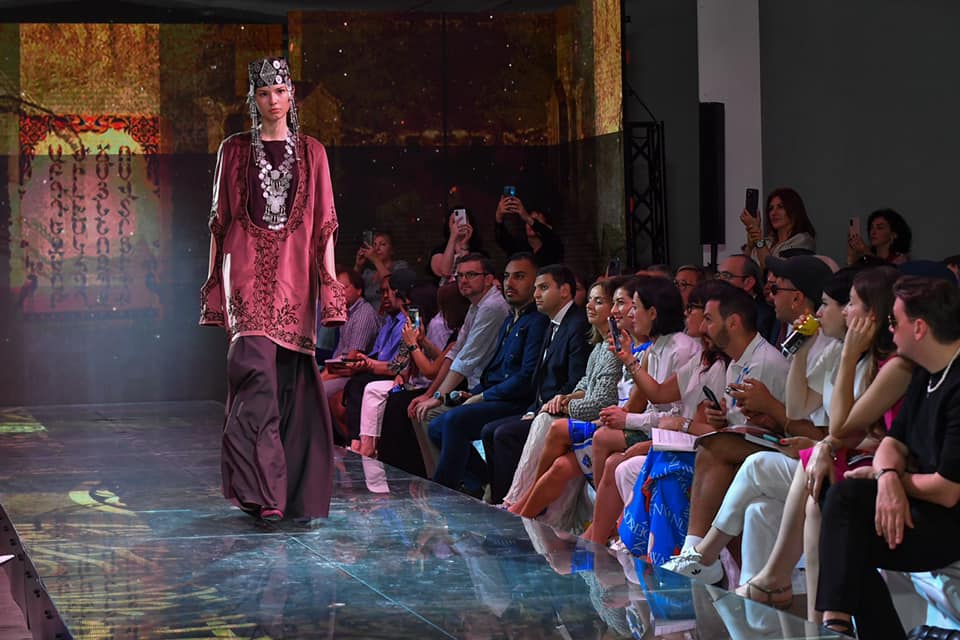
- Armenian street fashion: Stylish, not necessarily expensive
- “Armenia’s economic growth potential is not infinite.” Opinion
- Modernization of old buildings in Armenia: energy savings and modern design
Investments in the development of the industry
During the opening ceremony, Deputy Economy Minister Rafael Gevorgyan announced the creation of a textile industry development fund as a result of cooperation between the governments of Armenia and Great Britain.
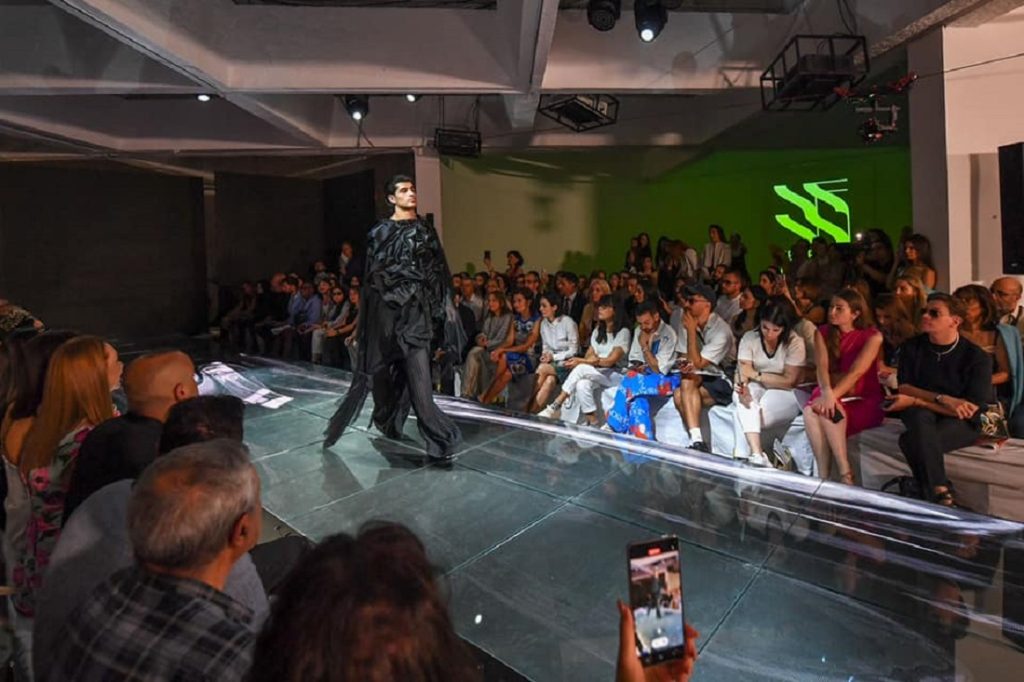
In 2011-2020, the export of textile products from Armenia increased by more than 40 percent annually. In 2022, export volumes exceeded $200 million. Noticing the growth trend, the Ministry of Economy began to develop a strategy for the development of the textile industry.
According to the deputy minister, more than $30 million will be invested in the development of the industry.

“Textile production will make Armenian products affordable”
Fashion marketing specialist Anna Salome also believes that for the development of the fashion industry, it is necessary to establish the production of textiles. And this, according to her, will help make Armenian products more accessible to consumers. Now it is too expensive, as there are problems with the import of raw materials, and our own textile production will definitely change the picture, the expert believes:
“Now our market is interesting in terms of cheap labor. Everyone knows that the Gloria clothing factory, operating in the city of Vanadzor, sews clothes for a number of international brands, including Moncler. The brand sends raw materials to Armenia for the production of clothing, controls the tailoring process and exports the final product.
The local company “Sarteks” works in the same way. Last year, clothes for Zara and Max Mara were produced here. And having our own production will allow not to import raw materials and not to spend extra money.”
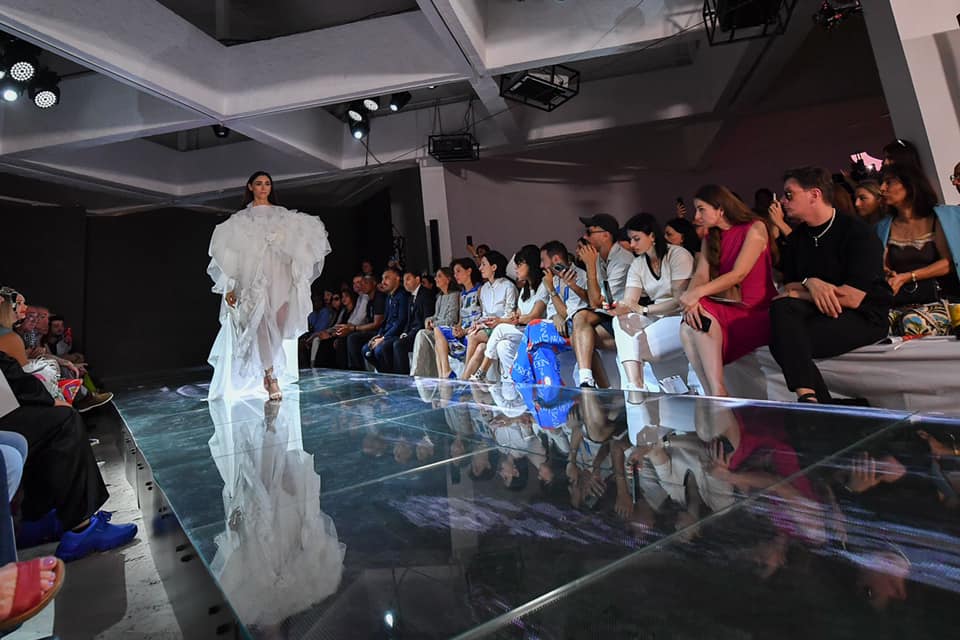
Anna Salome says that events like fashion week are very important for designers. They get the opportunity to present their collections to a large audience, meet international influencers and bloggers. And these influential guests cover the event, purchase models and post brand reviews on their pages, which are followed by thousands of their followers.
“Thanks to the fashion week, each brand presented the DNA of their products. During the shows of collections on the podium, it was clearly seen what is the peculiarity of this or that brand, what forms, tailoring and colors they prefer.”
If three or four years ago clothes with the “Made in Armenia” trademark were associated with low quality, now this is not the case at all, Salome says. This clothing has become competitive. And in boutiques that used to import Chinese and Turkish goods, 70-80 percent of the assortment is now made up of Armenian-made clothes.

“The market is small, the possibilities of consumers are limited”

The Armenian brands presented at the fashion week were quite applicable off the catwalk, had a modern look and can be combined with the things in the wardrobe, stylist Mariam Melik-Bakhshyan says:
“During the collection shows, I saw that these brands have something to say, I saw ideas that correspond to global trends. There were mixes of textures, peculiar combinations of fabrics and colors.”
When asked why clothes labeled “Made in Armenia” are not mass-produced, the stylist replies:
“The reasons are serious: lack of raw materials, problems with the import of raw materials in conditions of closed borders and lack of access to the sea. I do not think that we are inferior in quality or some other criteria. Our designers do everything to make their brand popular, massive. But the market is small, the possibilities of consumers are limited. There is also the problem of entering other markets.”
But one of the biggest problems Mariam Melik-Bakhshyan considers is that there are no educational institutions in Armenia that would provide professional knowledge and graduate fashion specialists.
At the same time, she is sure that many in Armenia would like to wear clothes from local manufacturers. Therefore, he believes that it is necessary to solve the problems that exist at this moment, to take consistent steps to develop the fashion industry.
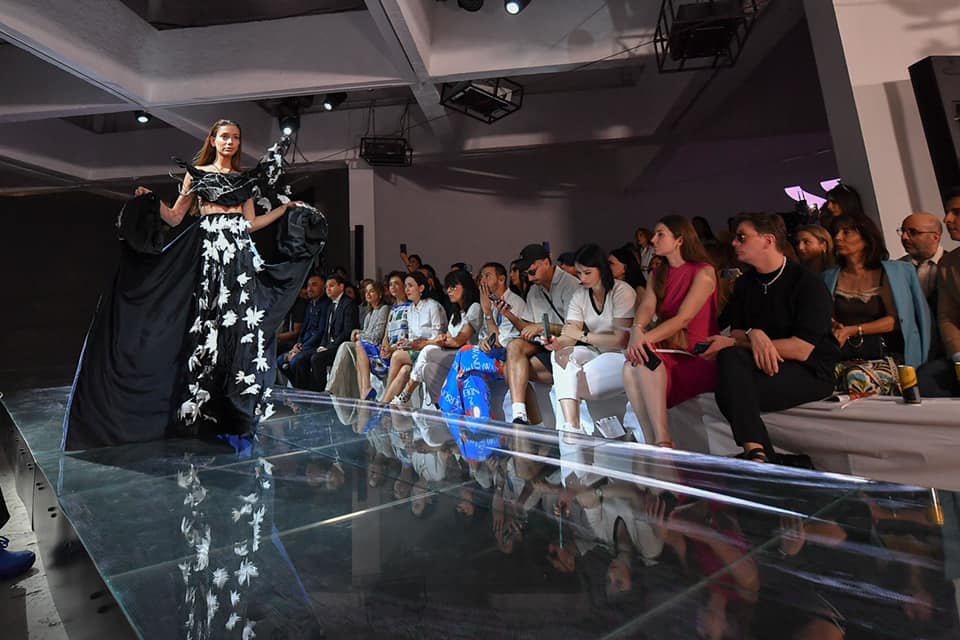
Follow us – Twitter | Facebook | Instagram
Fashion Week in Yerevan












